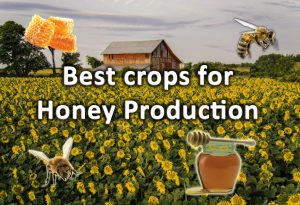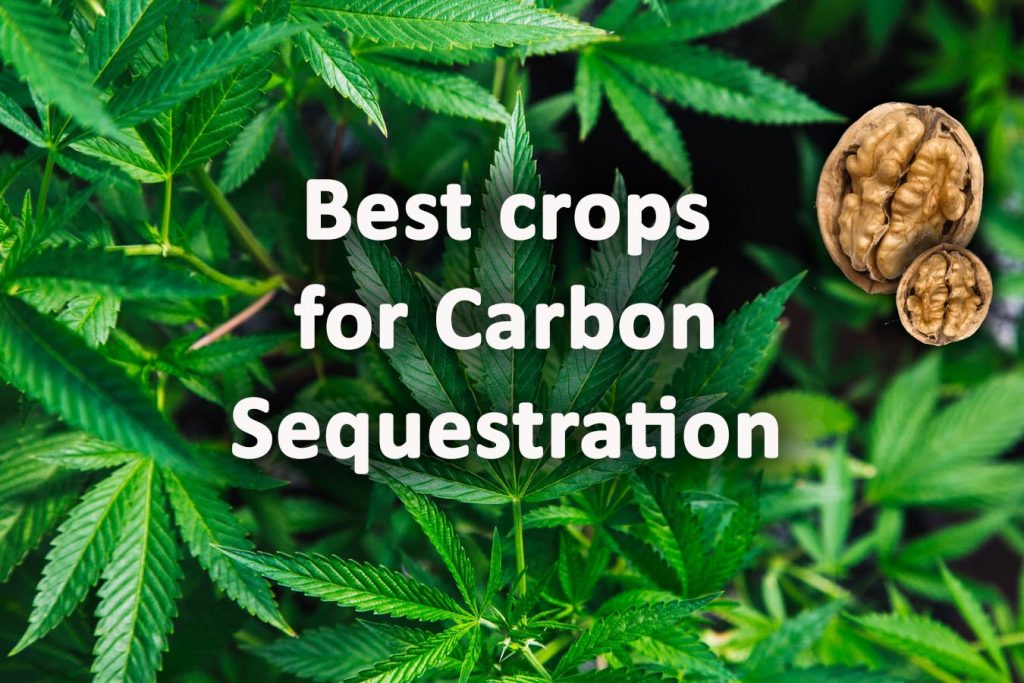It is clear that sequestering carbon from the atmosphere is a big priority in the battle against climate change. Since the Industrial revolution 200 years ago mechanisation has dramatically increased fossil fuel combustion, monoculture agriculture and habitat loss.
Not only are we releasing carbon dioxide at an extraordinary rate we are also inhibiting natures ability to store it naturally. This is leading to acidification of our oceans and rising, global temperatures.
It has been warned that this will inevitably lead to the collapse of global ecosystems. Many people do not realise that we are actually a part of these ecosystems and directly rely upon them for our own survival. Therefore as we look into the future for solutions with urgency, combining agriculture and carbon sequestration will be essential.
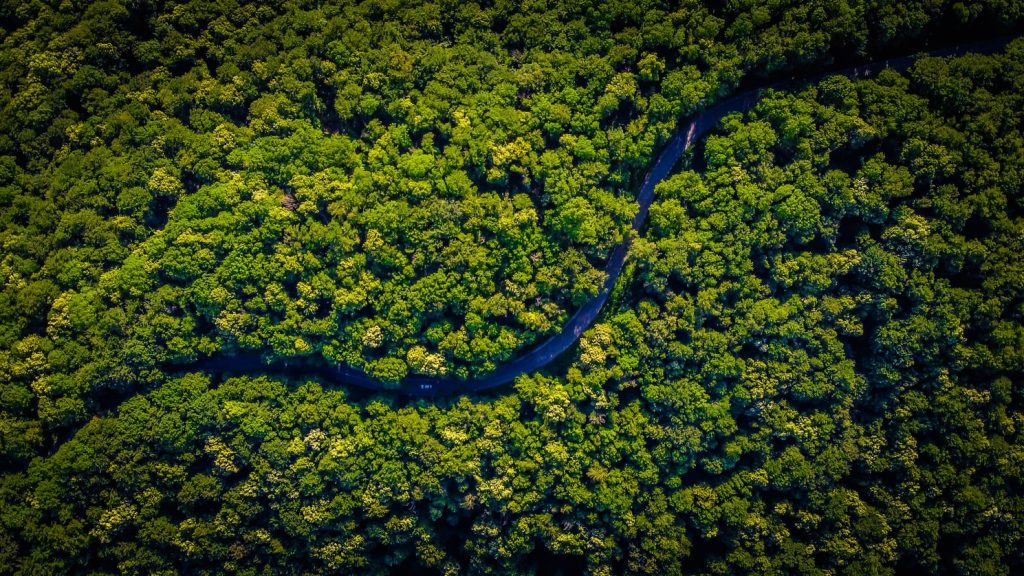
What is Carbon sequestration?
Carbon sequestration is quite simply the capture of carbon from the atmosphere and its storage. In the natural world this is done with biomass. Bio diverse ecosystems in our oceans, terrestrial habitats and soil all do this very efficiently. However, with an ever increasing human population and a need for more productive, agricultural land how can the two coexist? One of the first steps to tackling this problem is by increasing carbon sequestration within agriculture itself.
The big problem with modern farming
In truth, modern, mechanised, agriculture is completely unsustainable and relies solely upon fossil fuels. This is true both operationally and nutritionally, the huge distance involved in transporting food products is mind boggling. ‘Food miles’ or the distance from farm to fork, accounts for huge amounts of carbon release on its own. That is not to mention all of the processing and packaging.
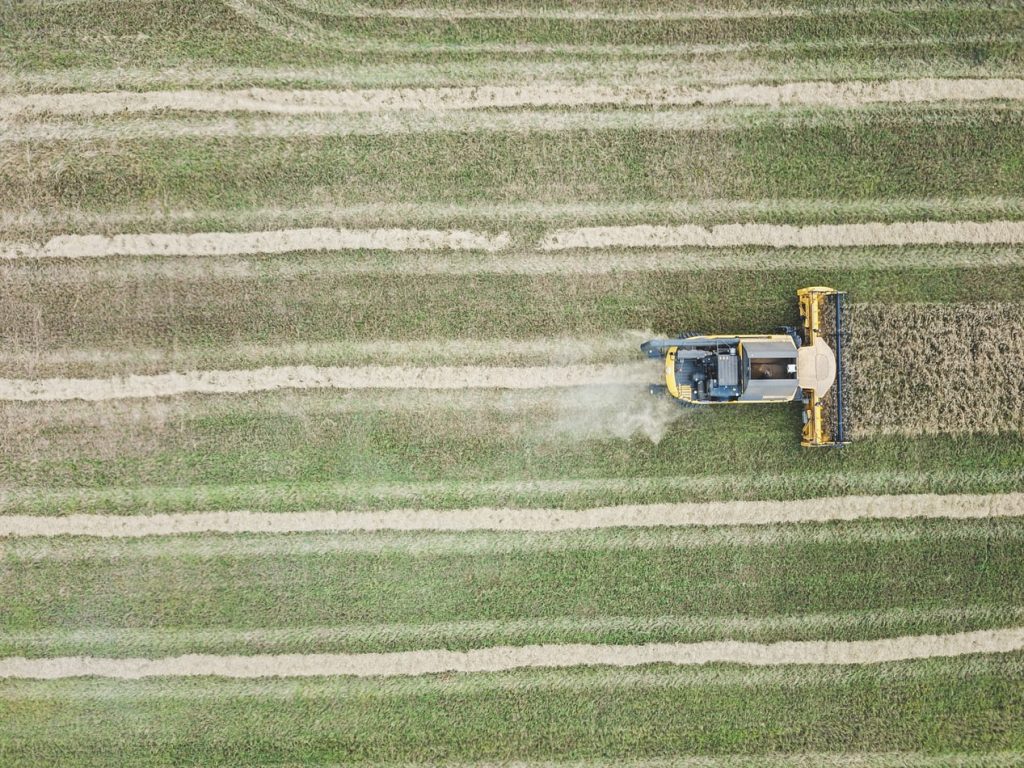
How can this be solved?
In the future the only way to increase carbon sequestration will be to produce more local food. It is also important we embrace more diverse farming methods and ones that can increase biodiversity. For this to work properly, centralised, urban, environments should become a thing of the past. In my opinion there must be a re-ruralisation where people are more spread out into the landscape. Subsidised housing should be provided for local food production and ecological land management.
This way human kind can facilitate agriculture which combines wildlife habitats with organic farming. This can be thought of more as ecosystem harvesting than farming. Rural populations can be less reliant on supermarkets and enriched by self sufficient living. A combination of foraging, hunting, fishing and fresh, local, fruit and vegetables will lead to healthier and happier people.
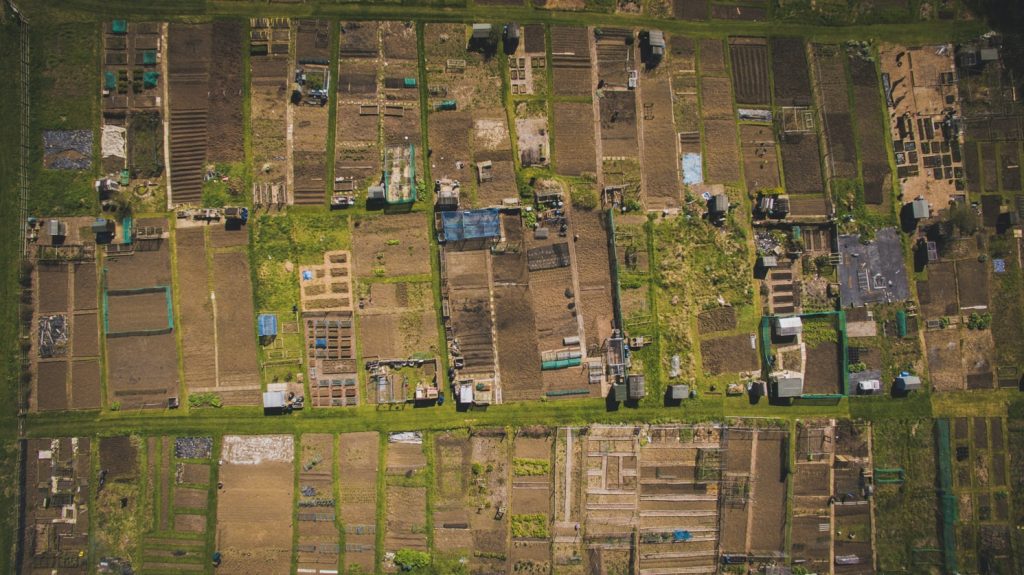
What are the best crops for carbon sequestration?
Many of the changes needed to allow agriculture to reach its maximum potential for storing carbon is a long way off. Unfortunately it will probably require some crisis and shocks to our consumer driven system to force these positive changes.
In the mean time the question is what crops or ‘methods’ of food production are best for carbon capture and storage? When researching this topic I could only find data on levels of sequestration of existing, commercial, farming, crops. However I have approached the answer to this question in a more productive way by simply asking another question:
If you had an area of land and wanted to produce a crop while at the same time sequestering carbon, what would be the best crops for doing this?
Hence, below I have listed 12 of the best crops to grow for carbon sequestering. These are particularly useful for self sufficient farmers and homesteaders.
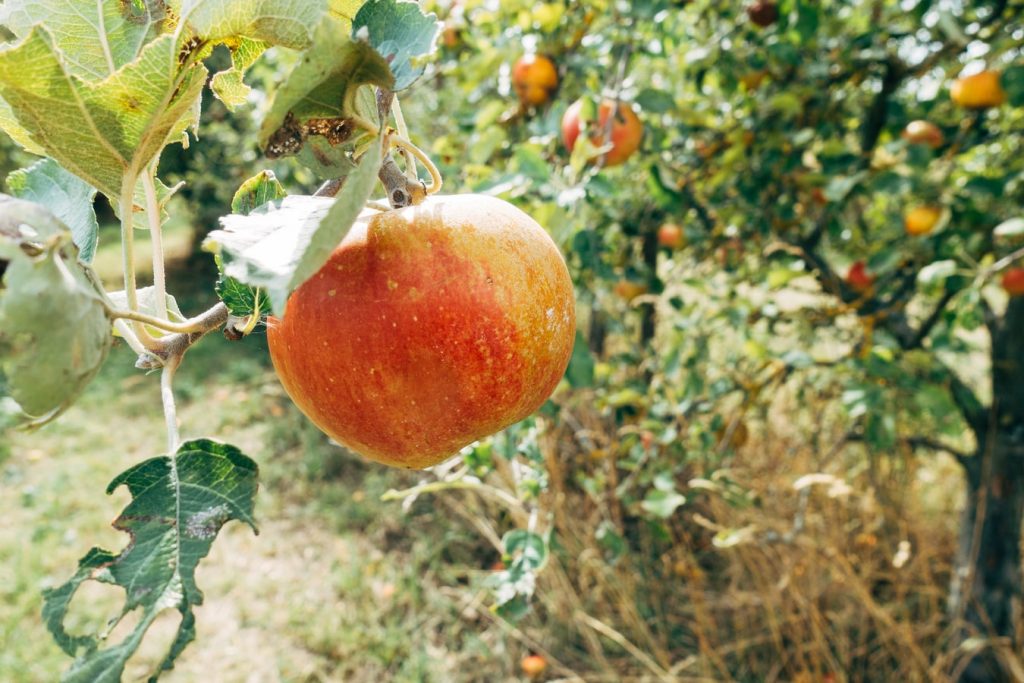
1. Chestnuts
When looking for suitable crops for storing carbon the best are those which grow on trees. Trees lock up carbon in their biomass and stay in place for many decades. Nut trees like chestnuts also do not need annual energy input such as ploughing which destroys soil life.
Chestnuts are a delicious crop which can be easily stored whole or ground into flour. Establishing a chestnut orchard will take some time to establish, taking up to 10 years to produce the first crops. However when established, these trees will produce nuts long before you are gone! The resulting orchard will feed generations to come and lock up a lot of Carbon during the coming centuries.
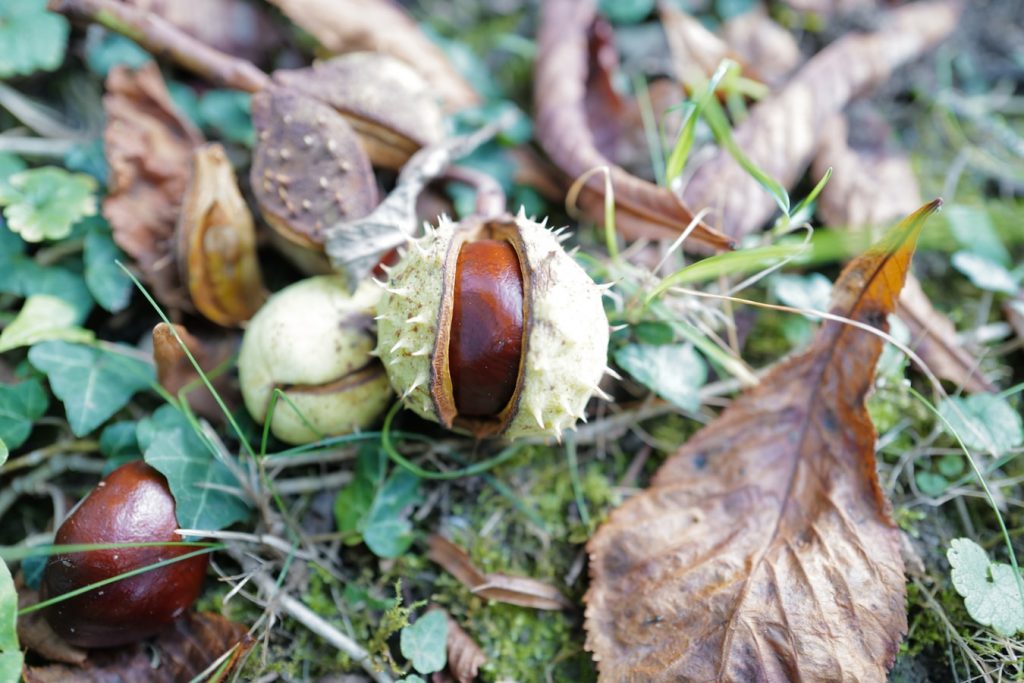
2. Walnuts
Walnuts are another crop which will store high levels of Carbon. Very much like Chestnuts these will also take some time to establish. Walnuts can take up to 20 years to start producing but are capable of storing a lot of carbon!
However there are plenty of profitable practices you can incorporate while the orchard establishes! Walnuts are listed within the top 10 profitable crops to grow as they also have valuable timber. Planting Walnut trees will not only store carbon but also equity in a valuable resource.
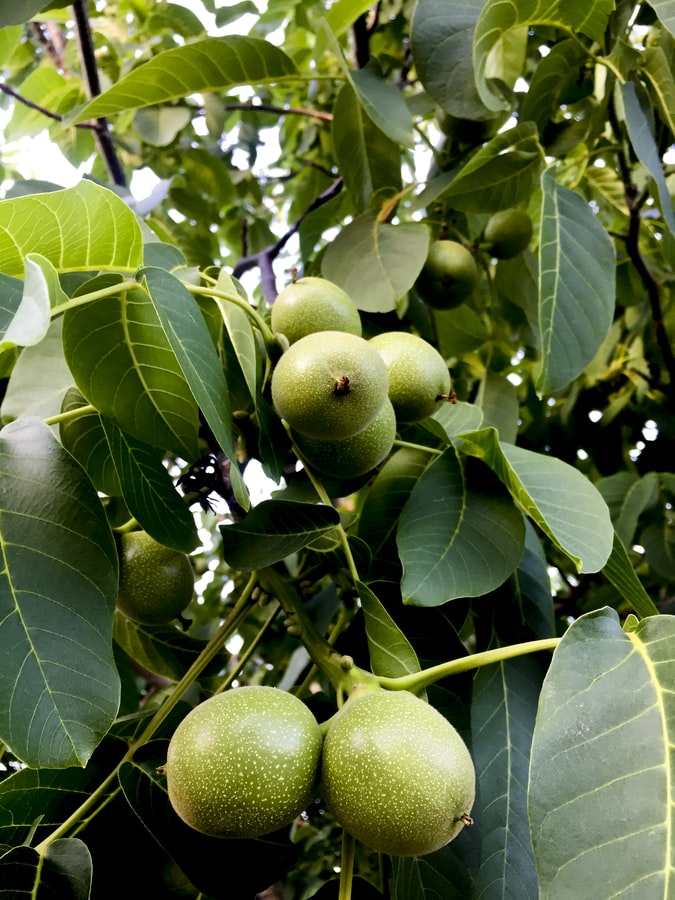
3. Cobnuts
Cobnuts are a type of hazelnut which has been specifically bred for nut production. These hardy trees can tolerate a wide range of conditions and soil types. Cobnuts were once common crops before the industrial revolution with their orchards littering the English countryside. As with the two other nut trees mentioned above they are a good source of omega 3 fatty acids.
One of the added benefits of cobnuts is they are easier to keep to a compact size. As orchards are establishing wildflower meadows can be used to produce hay for livestock. Truffles can also grow on the roots of Cob nut trees! You will need to buy truffle infected tree stock but there is no guarantee truffles will form.
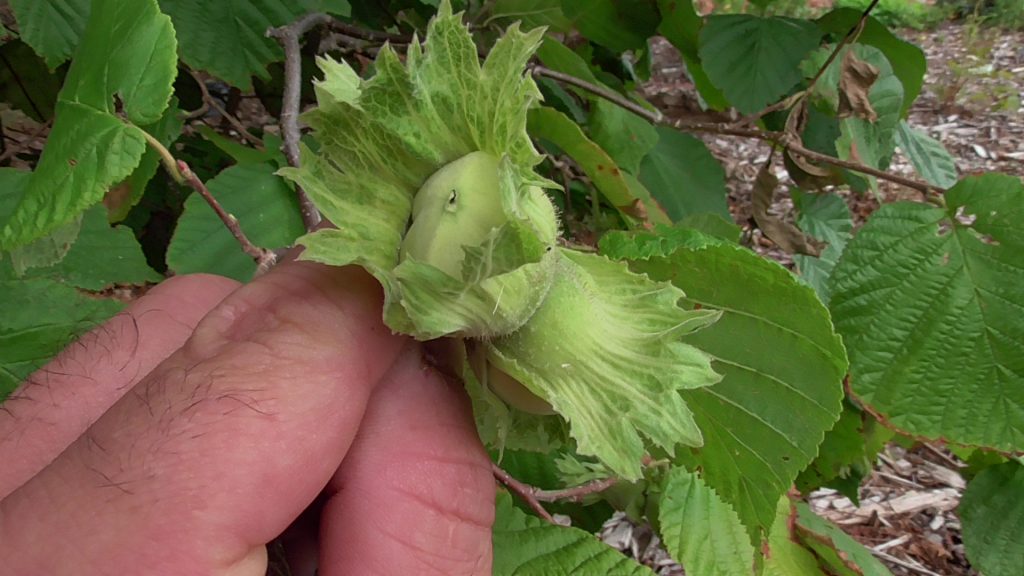
4. Olives
Olives are a truly fantastic crop which can produce a tasty and energy rich oil crop. One of the reasons olive oil has become so expensive is there is limited supply and huge demand. It is important to realise however that there is a good reason for this market force. Olives like a warm and sunny climate and need such to produce well. Hence this may only be suitable if you have a Mediterranean climate.
It is thought that climate change in the future may make temperate regions better for producing olives. However it would take a considerable financial gamble to make this judgment and plant a whole orchard in a temperate region. The fact that olive trees can produce for many centuries means they occupy the ground for many years. This makes them very efficient at sequestering carbon.

5. Apples
On average an acre of apple orchards can absorb 15 tonnes of carbon a year and produce 15 tonnes of oxygen. In Britain the average person uses 10 tonnes of carbon per year. This means a single, sizable orchard is more than enough to offset your carbon foot print.
However to state the obvious such an orchard would also produce a considerable amount of apples. Unlike nut crops apple trees can start producing much sooner. Apples can also be stored throughout the winter, turned into chutneys, pickles, cider, wine and vinegar. Their endless uses combined with their carbon capture credentials make them a super, sequestration crop.
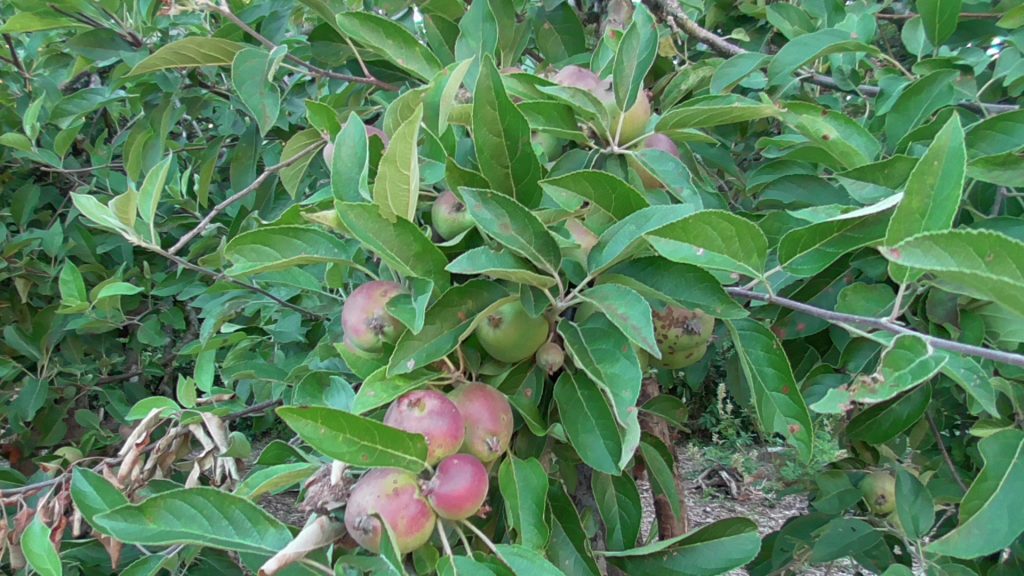
6. Truffles
Truffles are a small fruiting fungus which lives on the roots of specific tree species. This fungus has a symbiotic relationship with host trees, absorbing sugars and in return making tree roots more efficient at absorbing nutrients. Studies have found that mycorrhizal fungi could be responsible for the most carbon storage on Planet Earth.
Considering there is more carbon in the soil than anywhere else makes this type of fungi very important. Even without this any crop production which involves establishing woodlands will be very effective at carbon sequestering into the future. Truffles are expensive delicacies which can be grown of the roots of inoculated Oak, Beech, Hazel and Birch trees.
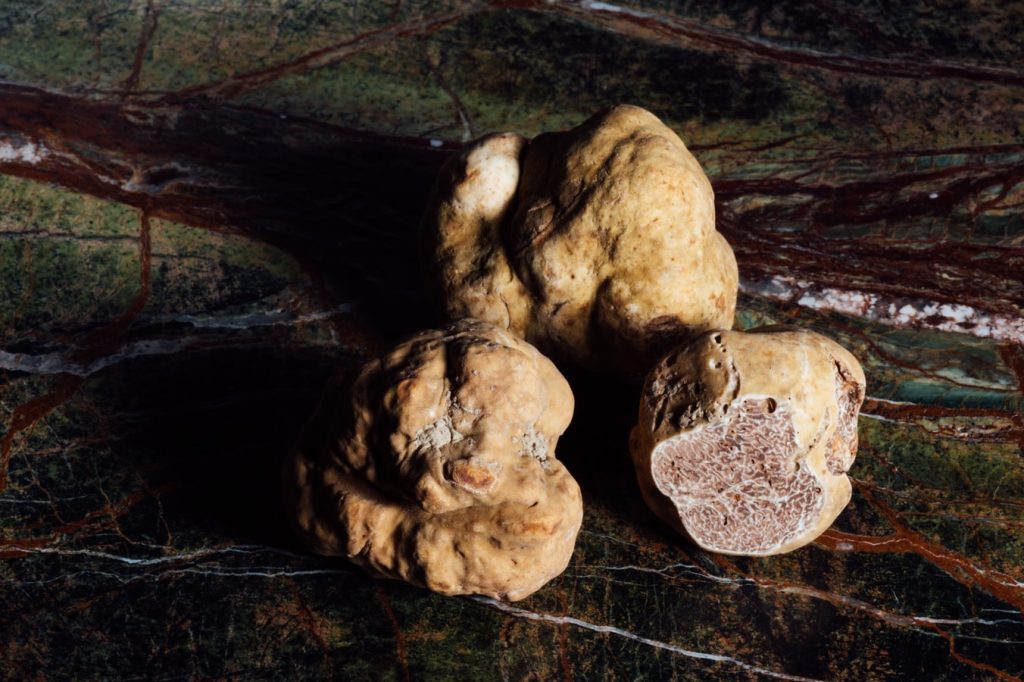
7. Shiitake Mushrooms
Shiitake mushrooms are a rare delicacy enjoyed by many every year worldwide. However these mushrooms are extremely difficult to mass produce due to their growing nature.
Shiitake’s are best grown on oak logs inside a shaded woodland environment and take some care to inoculate and harvest. This makes them an expensive, luxury item and very profitable to grow. As their mycelium feeds on sugars within the wood they break them down returning carbon back into the ground.
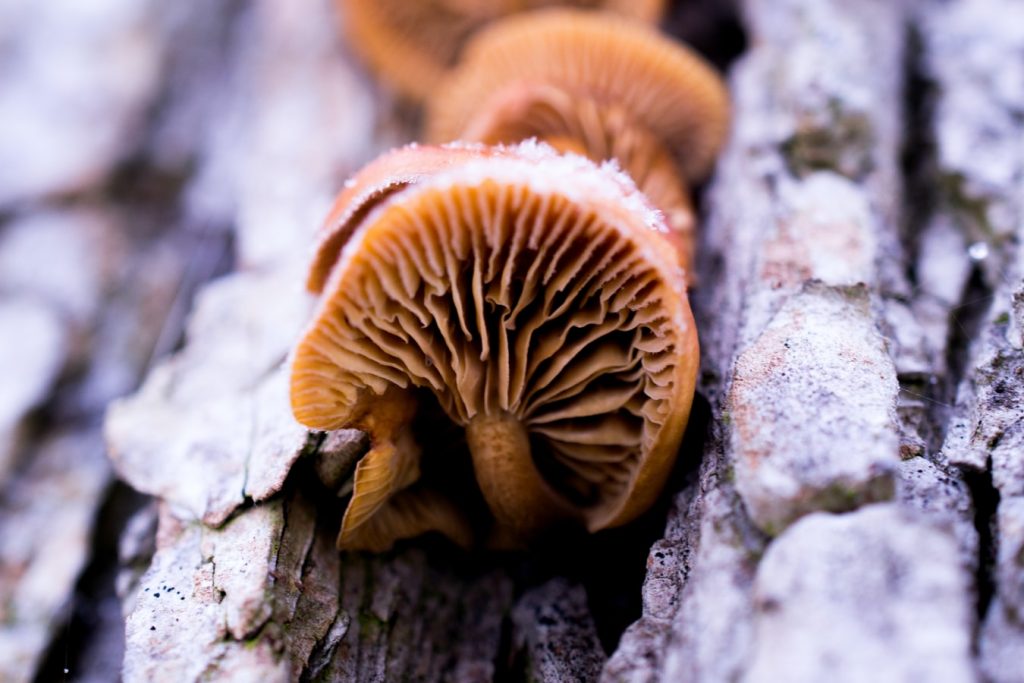
Not only do these mushrooms help carbon to re-enter the soil their growing environment is also beneficial for carbon storage. The woodland environments where these are grown naturally store high levels of carbon. It is critical to point out that such environments with rich, woodland ecosystems and wildlife also sequester much more carbon.
These woodlands can also be foraged and hunted to provide food and recreation. Shiitakes and their subsequent growing environments are perfect for storing carbon, boosting biodiversity and recreational activities.
8. Perennial Vegetables
Leading on from the use of woodlands to produce mushrooms they can also be used to grow ‘perennial vegetables’. Woodlands are nature’s way of reaching a low energy, input, landscape with lots of biomass. Woodlands can capture the suns energy on multiple levels without the need for ploughing.
As woodlands sequester so much carbon dioxide their edible products consequently become more sustainable alternatives. No better can this be seen than with shade loving edible perennials. These maintenance free vegetables come up every year and can thrive in the dappled shade of woodland environments.
Some of these include Rhubarb, Ostrich fern, Wasabi, Chinese yam and Good King Henry. For a full list of perennial vegetables, check out our article on the subject here.
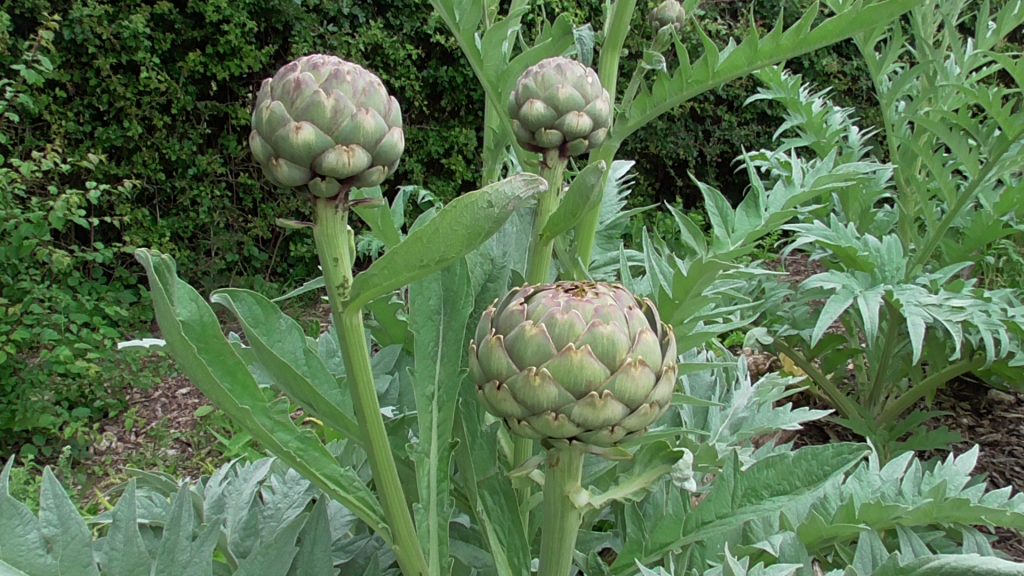
9. Miscanthus
Giant Miscanthus also known as ‘Elephant grass’ is a crop perfect for sequestering carbon. This tall grass produces foliage which can be used as a bio fuel or animal bedding for self sufficient homesteads or farms. Once planted rhizomes can produce a sustainable crop for 20 years eliminating the need for seasonal planting.
Not having to plough and replant the ground every year makes Miscanthus extremely beneficial to retain carbon and store it. The three metre high foliage creates dense thickets which is great for wildlife and game cover. This grass is very easy to grow requiring no fertiliser, pesticides or herbicides. The perennial grasses foliage can also be used for paper making.
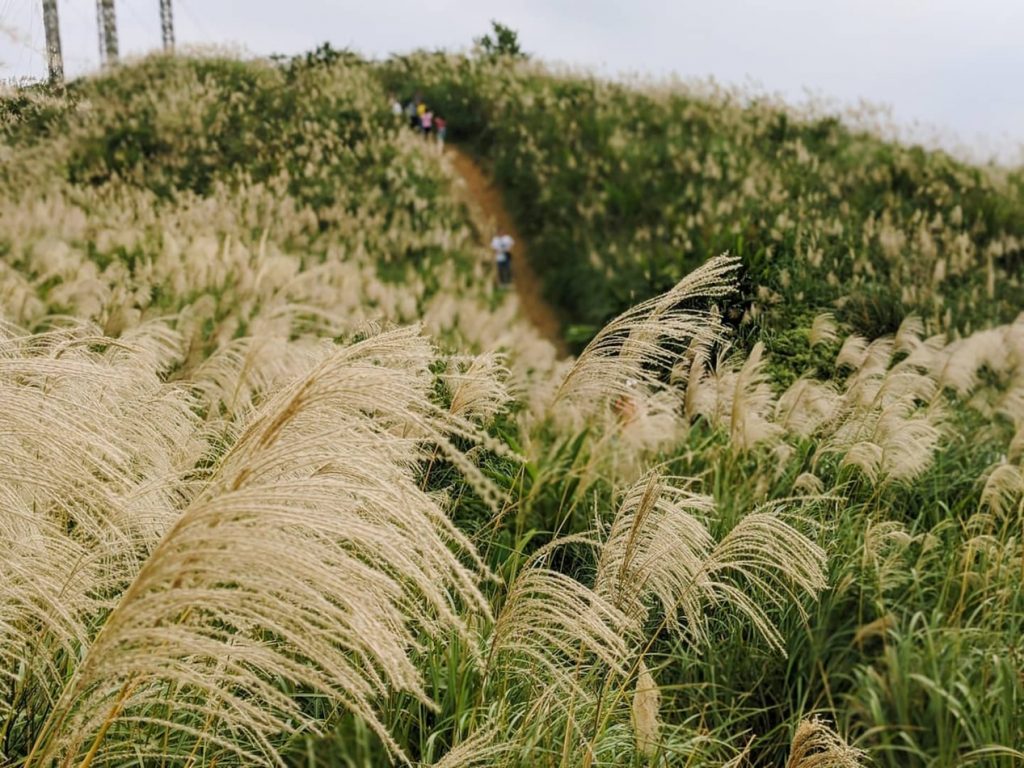
10. Mulberry
Mulberry trees have been shown to be very effective to at sequestering carbon from the atmosphere. What is even better about these trees is they have so many sustainable uses and functions. As well as medicinal benefits Mulberries have excellent edible berries which can be eaten raw or dried.
The fruits have never really been sold commercially as they are not economically viable to pick by hand. However the fruit is delicious and the leaves of this tree are also edible. Although not great for large, commercial plantations this is a great homestead tree for self sufficiency.
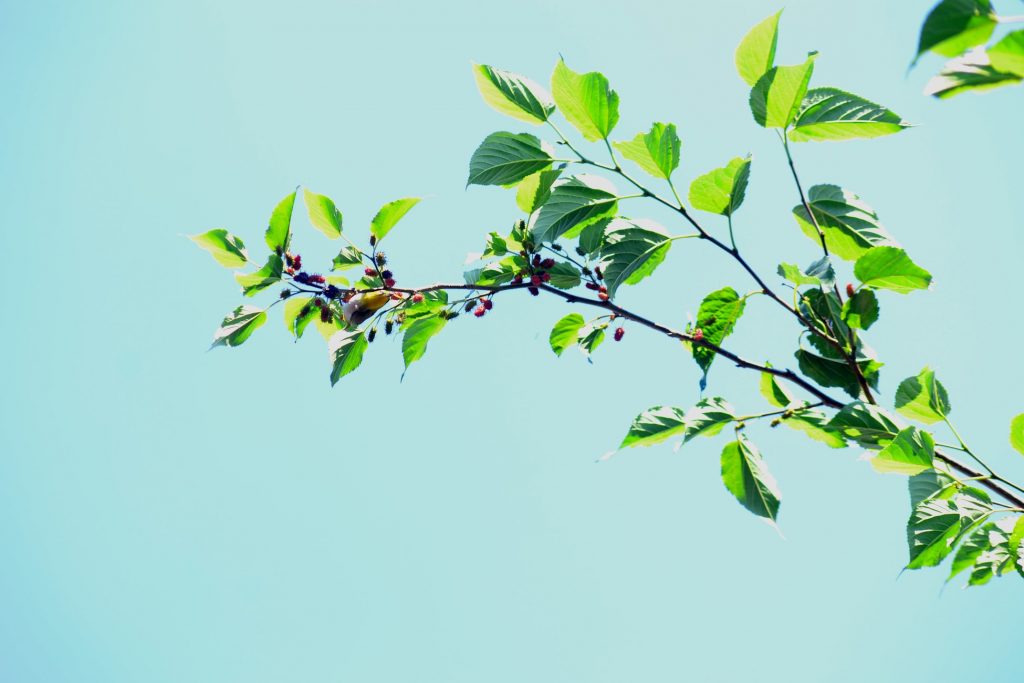
11. Vineyards
Grapes are a popular crop grown around the world and for wine making in particular. There has been much debate on the carbon neutrality of the wine industry within their vineyards. Grapevines do absorb carbon from the atmosphere which is used by the vine in photosynthesis to make sugars. This is what makes grapes sweet plus carbon is also stored in the vines themselves.
However if you are making wine from your grapes Co2 is released into the atmosphere. On the plus side due to the concentration of Co2 at fermentation it can be collected. The fact that grapevines store carbon and once planted last for 45 years makes them reasonably good at storing carbon. From a sustainable, homesteading point of view grapes are carbon neutral in many other ways.
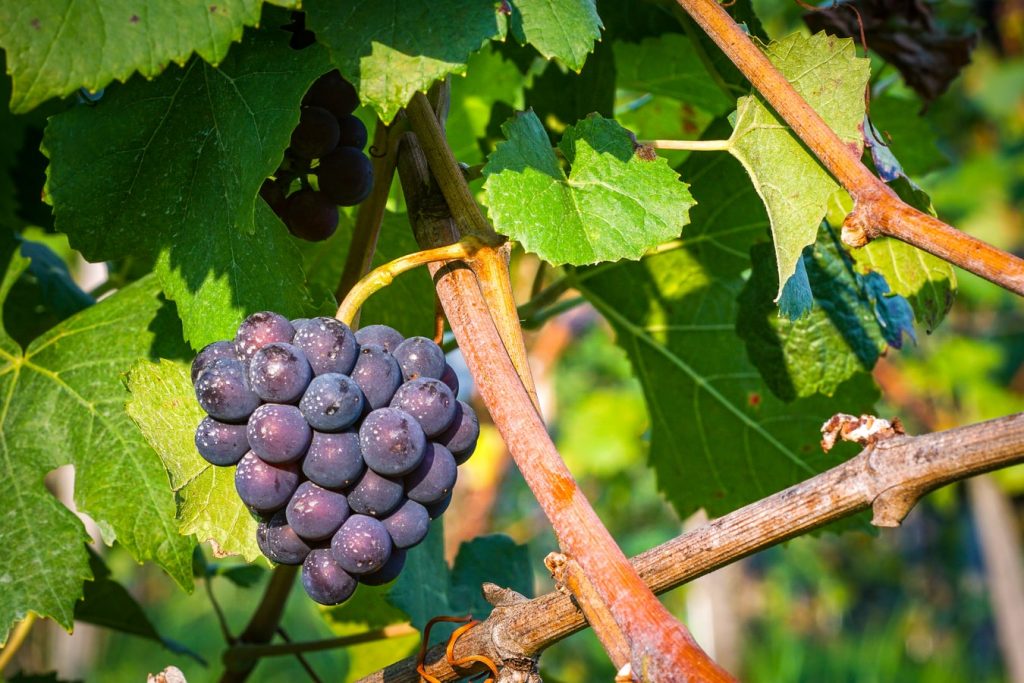
If you eat your grapes or use their leaves in your cooking you are reducing food miles, hence dramatically lowering your carbon foot print. Commercially produced wine contains around 1.28 kilograms of Co2 per bottle. If you do produce your own wine you are saving countless amounts of Co2 not buying from the supermarket! So from a self sufficient, homesteading point of view, vineyards are a great way to sequester carbon.
12. Hemp
When it comes to Carbon sequestration Hemp really is a super power amongst the bunch. Hemp is capable of absorbing very large amounts of carbon dioxide while producing commercially beneficial material. Furthermore you can typically get two harvests out of this crop within a single season.
As the fibres of hemp are used to make physical products carbon is absorbed form the atmosphere and stored. It can be used to produce; rope, insulation, bio plastics, textiles, paper and animal bedding. Hemp can sequester 6 tonnes of carbon per acre and can do this twice a year. This makes it an extremely productive crop to grow for carbon capture and storage.
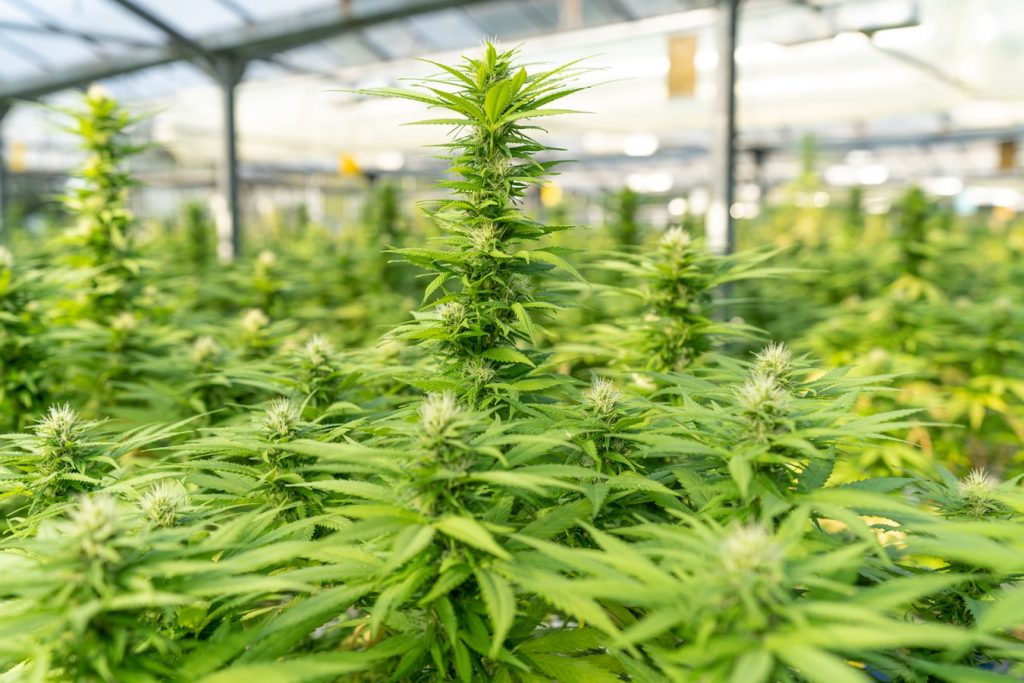
Thank you for reading our article on best crops for Carbon Sequestration. Did you find in useful? Do you think we missed anything? If so please comment below.
Back to homepage
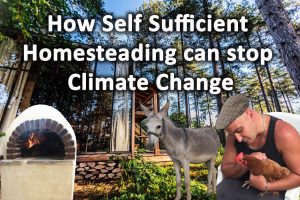
How Self Sufficiency and Homesteading can stop Climate Change
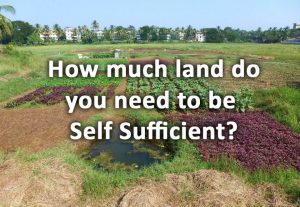
How much land do you need to be self sufficient?
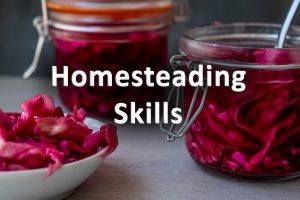
Homesteading skills, for Self Sufficiency
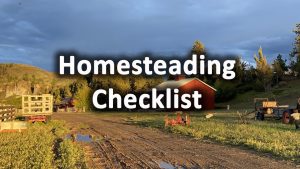
Homesteading Checklist for self sufficiency

A beginner’s guide to self sufficiency & its benefits
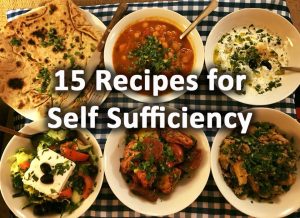
15 recipes for self sufficiency
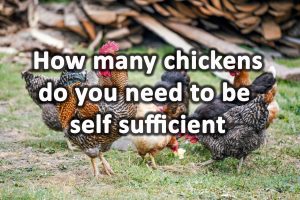
How many chickens do you need to be self sufficient?

27 foods you can forage for free near your home
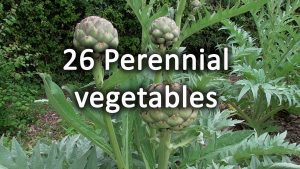
26 Perennial vegetables for the garden

Self sufficient homes

31 Homesteading projects
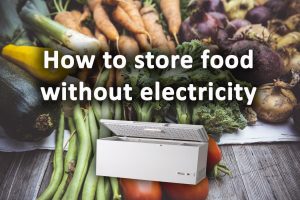
15 Ways to Store Food without Electricity
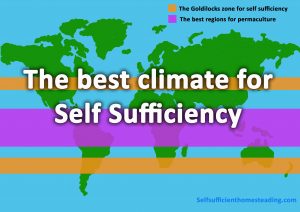
The best Climate for self sufficiency
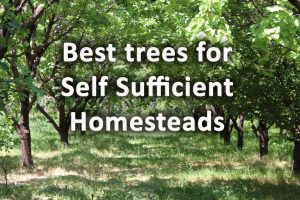
The most useful 22 Trees for a self sufficiency & homesteading
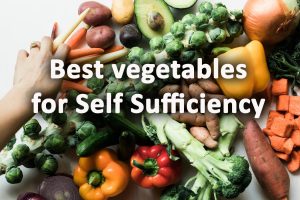
31 Vegetables for self sufficiency
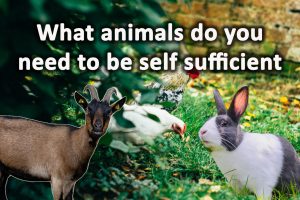
What animals do you need to be self sufficient?
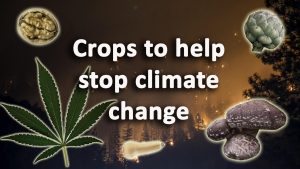
How to stop Climate Change with Crops – Crops for climate change
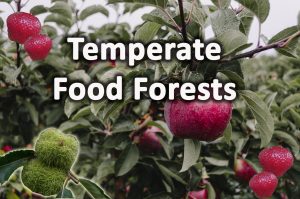
Temperate Food forests
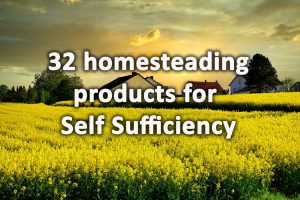
32 Homesteading products for self sufficiency
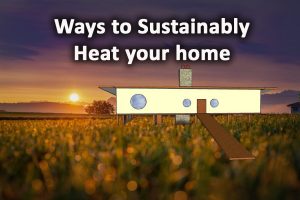
10 Ways to Sustainably Heat Your Home

10 Ways self sufficient homesteading can be good for your health
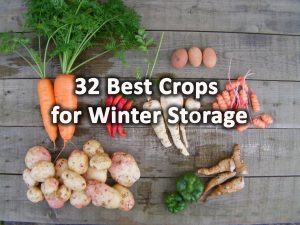
32 Best Crops for Winter Storage
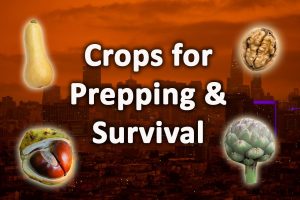
34 crops for prepping and survival
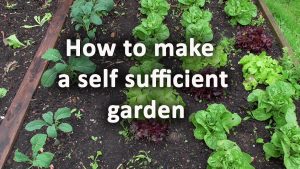
How to make a self sufficient garden
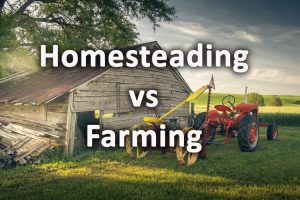
Homesteading verses farming what’s the difference?
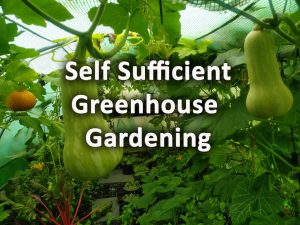
Self sufficient greenhouse gardening
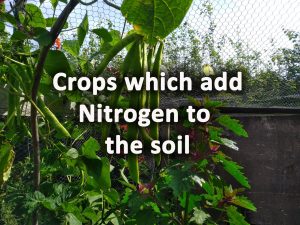
12 Crops which add nitrogen to the soil
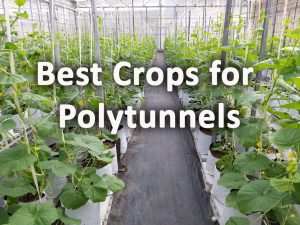
32 of the best crops for Polytunnels
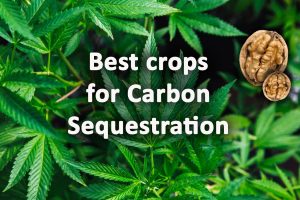
12 Best Crops for Carbon Sequestration
